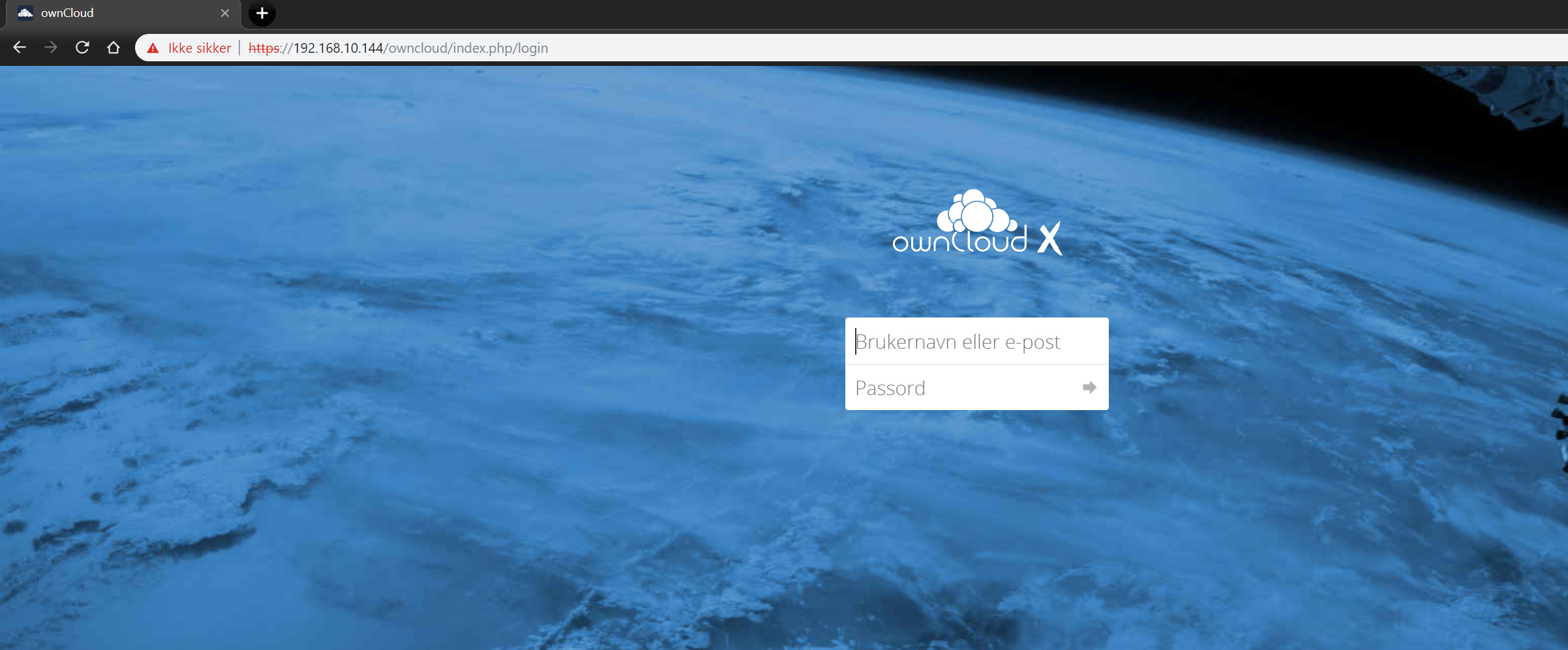
The _ga cookie, installed by Google Analytics, calculates visitor, session and campaign data and also keeps track of site usage for the site's analytics report. YouTube sets this cookie via embedded youtube-videos and registers anonymous statistical data. These cookies help provide information on metrics the number of visitors, bounce rate, traffic source, etc. Instead, I suggest you to keep it on and add the rules for OwnCloud:Īnalytical cookies are used to understand how visitors interact with the website. Now, many tutorials will tell you to disable SELinux (because it is a difficult component to manage). In this step we’ll start (and enable) the webserver and we’ll set SELinux up. Replace ident with md5 on that line and restart PostgreSQL: # systemctl restart postgresql Step 3: Setting Apache and SELinux #host replication postgres 127.0.0.1/32 ident # Allow replication connections from localhost, by a user with the # "local" is for Unix domain socket connections only

Open it with your favourite editor and look for the marked line: # TYPE DATABASE USER ADDRESS METHOD The configuration file for PostgreSQL is a file located in /var/lib/pgsql/data/pg_hba.conf. You may experience difficulties in authenticating OwnCloud with PostgreSQL since the local authentication method is set to ident by default. Now, this choice won’t really alter the functionality of OwnCloud (except if you use SQLite), so pick whatever you know best.
REINSTALL OWNCLOUD INSTALL
These commands will add the repositories that contain the software and install it on your machine.

# yum install httpd php70w php70w-dom php70w-mbstring php70w-gd php70w-pdo php70w-json php70w-xml php70w-zip php70w-curl php70w-mcrypt php70w-pear php70w-intl setroubleshoot-server Open a terminal and input the following commands: # yum install epel-release If you decided to use PHP 7.1 rather than PHP 7.0 using the past tutorial, replace each instance of php70w with php71w in all the successive commands.


 0 kommentar(er)
0 kommentar(er)
